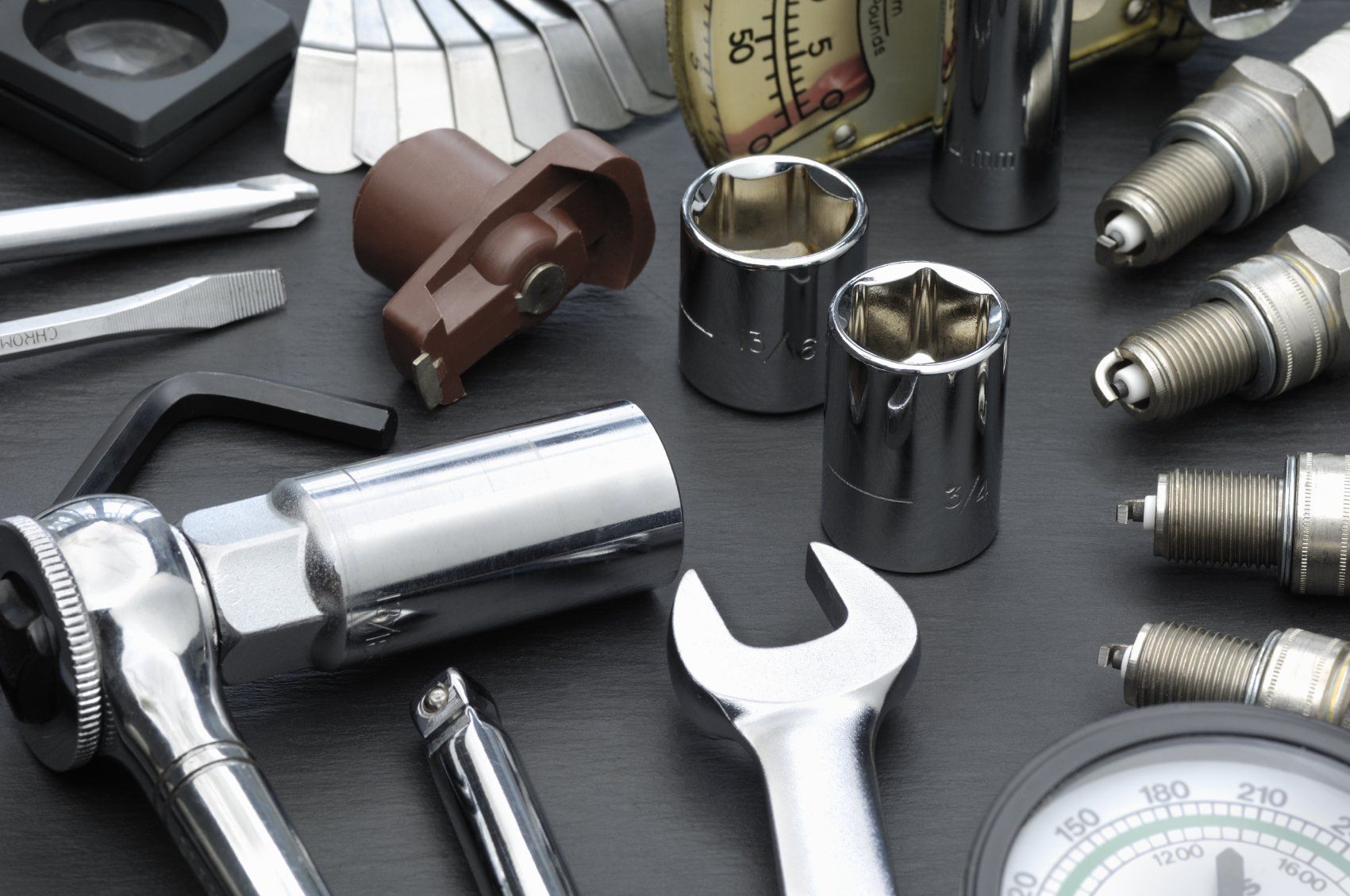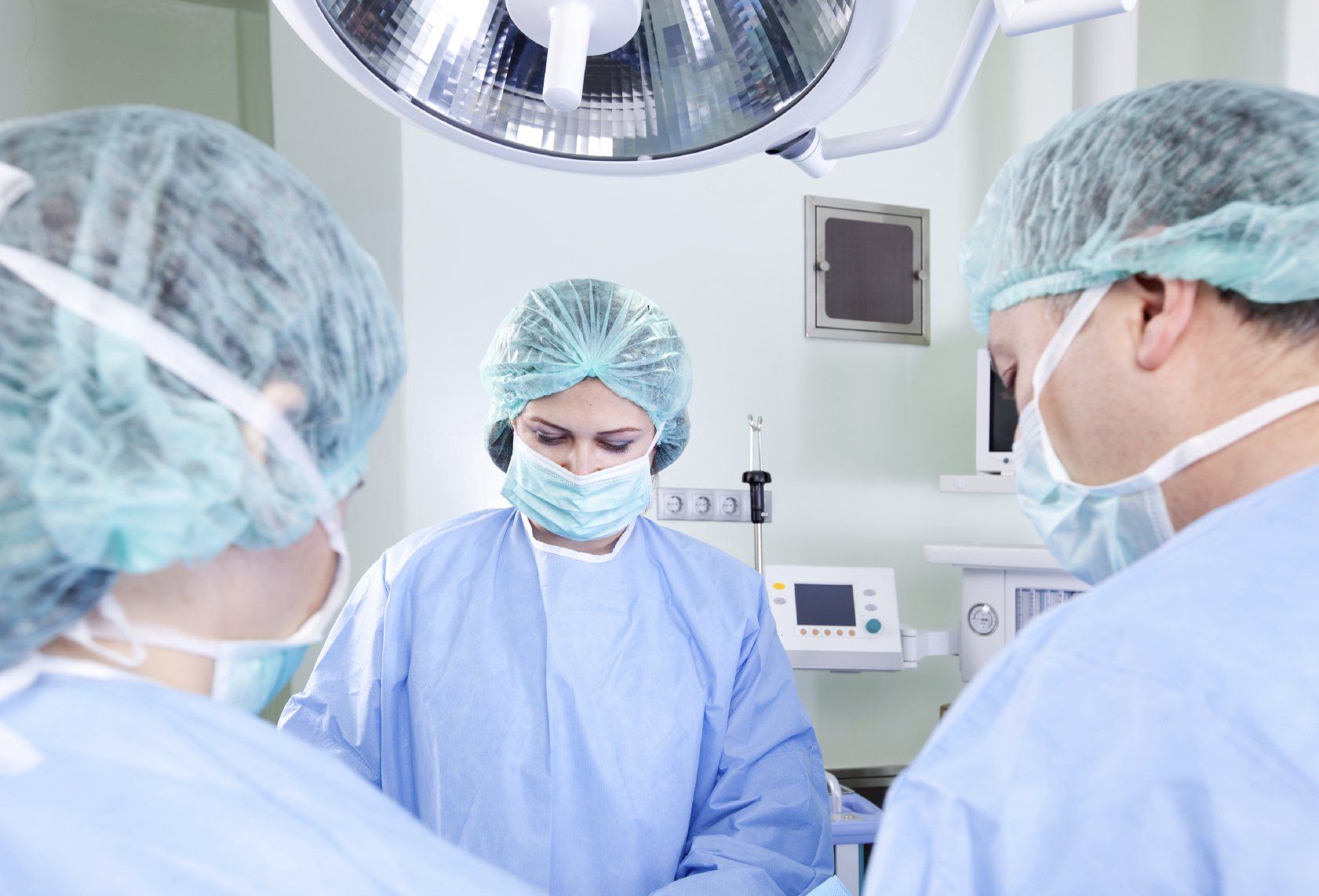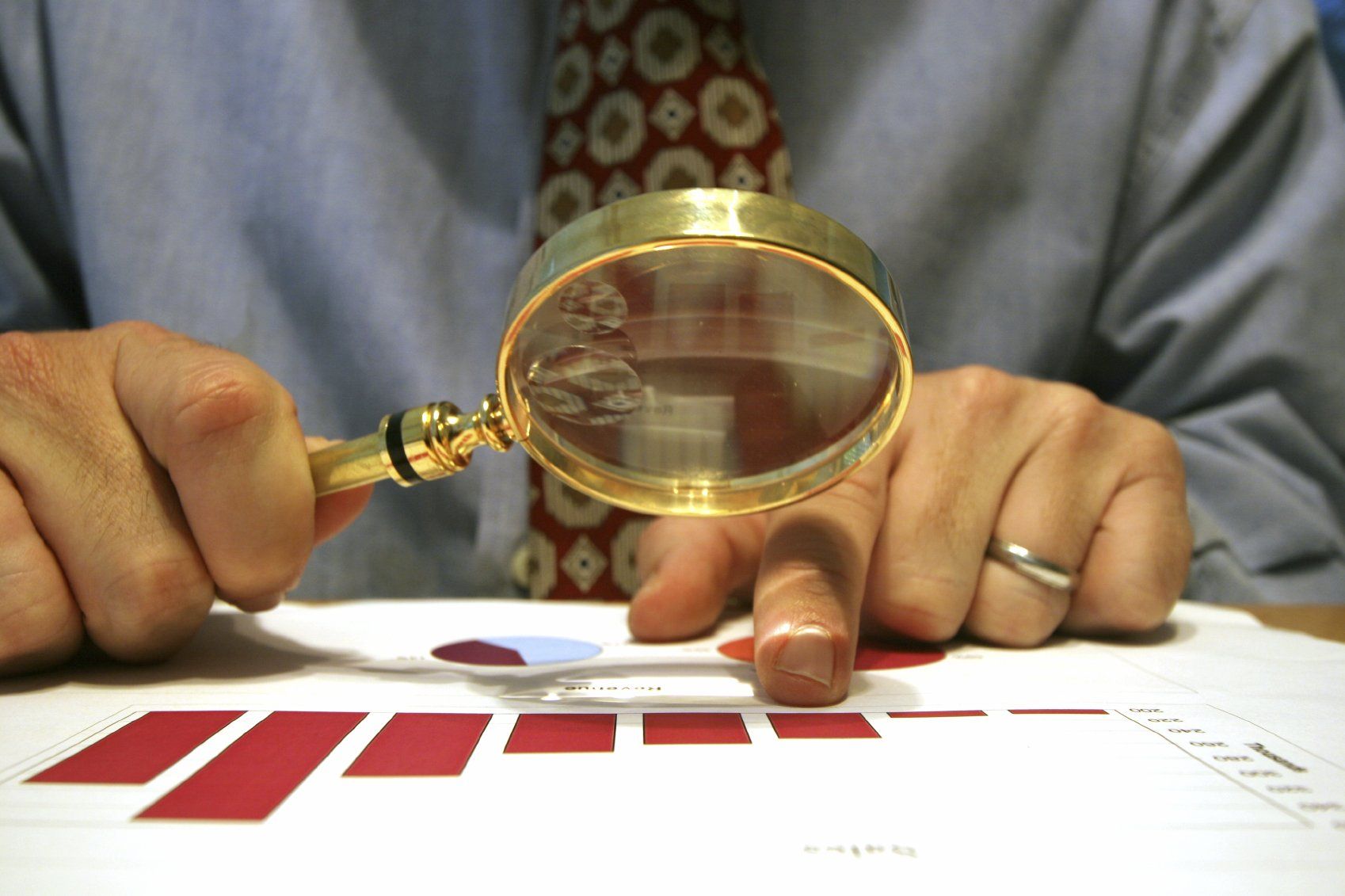Dental Board of California
Deep Sedation
&
General Anesthesia
'“General anesthesia,” as used in this article, means a controlled state of depressed consciousness or unconsciousness, accompanied by partial or complete loss of protective reflexes.' BPC Division 2, Chapter 4, Article 2.7, Section 1646
BPC Division 2, Chapter 4, Article 2.75, Section 1646
"(a) “Deep sedation” means a drug-induced depression of consciousness during which patients cannot be easily aroused but respond purposefully following repeated or painful stimulation. The ability to independently maintain ventilatory function may be impaired. Patients may require assistance in maintaining a patent airway, and spontaneous ventilation may be inadequate. Cardiovascular function is usually maintained.
(b) “General anesthesia” means a drug-induced loss of consciousness during which patients are not arousable, even by painful stimulation. The ability to independently maintain ventilatory function is often impaired. Patients often require assistance in maintaining a patent airway, and positive pressure ventilation may be required because of depressed spontaneous ventilation or drug-induced depression of neuromuscular function. Cardiovascular function may be impaired".
"completed a minimum of one year of advanced training in anesthesiology and related academic subjects approved by the board, or equivalent training or experience approved by the board, beyond the undergraduate school level". BPC Division 2, Chapter 4, Article 2.7, Section 1646.2(a)
"documentation that equipment and drugs required by the board are on the premises". BPC Division 2, Chapter 4, Article 2.7, Section 1646.2(b)
"Every dentist issued a permit under this article shall have an onsite inspection and evaluation at least once every five years". BPC Division 2, Chapter 4, Article 2.7, Section 1646.4
"A permittee shall be required to complete 24 hours of approved courses of study related to general anesthesia as a condition of [biennial] renewal of a permit". BPC Division 2, Chapter 4, Article 2.7, Section 1646.5
"A violation of this article constitutes unprofessional conduct and is grounds for the revocation or suspension of the dentist’s permit, license, or both, or the dentist may be reprimanded or placed on probation". BPC Division 2, Chapter 4, Article 2.7, Section 1646.7(a)
"Nothing in this chapter shall be construed to authorize a dentist to administer or directly supervise the administration of general anesthesia for reasons other than dental treatment, as defined in Section 1625". BPC Division 2, Chapter 4, Article 2.7, Section 1646.8
A physician anesthesiologist (successfully completed an anesthesiology residency) can also administer general anesthesia in a dental office by obtaining a valid general anesthesia permit issued by the Dental Board of California [and the operating dentist does not have to possess a general anesthesia permit]. BPC Division 2, Chapter 4, Article 2.7, Section 1646.9
A Nurse anesthetist can also administer general anesthesia in a dental office, but the supervising operating "dentist shall hold a permit authorized by Article 2.7 (commencing with Section 1646) of Chapter 4 or, commencing January 1, 2022, Article 2.75 (commencing with Section 1646 of Chapter 4." BPC Division 2, Chapter 6, Article 7, Section 2827
GA permit law sunset Jan 1, 2022 per SB 501 Glazer Law:
"This article shall remain in effect only until January 1, 2022, and as of that date is repealed.
(Added by Stats. 2018, Ch. 929, Sec. 5. (SB 501) Effective January 1, 2019. Repealed as of January 1, 2022, by its own provisions. See same-numbered section in Article 2.75 added by Stats. 2018, Ch. 929. Note: Repeal affects Article 2.7, commencing with Section 1646.)" BPC Division 2, Chapter 4, Article 2.7, Section 1646.10
GA permit to be Replaced on January 1, 2022 with BPC Division 2, Chapter 4, Article 2.75 Use of Deep Sedation and General Anesthesia.
Requirements for
Dental General Anesthesia Permit
CCR Title 16, Division 10, Chapter 2, Article 5, Section 1043.1(b)
"An applicant for a permit to administer general anesthesia or order the administration of general anesthesia by a nurse anesthetist must be a licensed dentist in California who:
(1) Has completed a residency program in general anesthesia of not less than one calendar year, that is approved by the board; or
(2) Has completed a graduate program in oral and maxillofacial surgery which has been approved by the Commission on Dental Accreditation."
At least once every two years Advanced Cardiac Life Support
Renewal (or equivalent)
CCR Title 16, Division 10, Chapter 1, Article 4 Section 1017(d)
Article 2.75 replaces Article 2.7
Jan 1, 2022
Summary of Changes
For Patients younger than 13 years old
Section 1646.1 (d) "For patients under 13 years of age, all of the following shall apply:
(1) The operating dentist and at least two additional personnel
shall be present throughout the procedure involving deep sedation or general anesthesia."
[Single Operator Model]
"(2) If the operating dentist is the permitted anesthesia provider, then both of the following shall apply:
(A) The operating dentist and at least one of the additional personnel shall maintain current certification in Pediatric Advanced Life Support (PALS) or other board-approved training in pediatric life support and airway management,
adopted pursuant to Section 1601.8. The additional personnel who is certified in Pediatric Advanced Life Support (PALS) and airway management or other board-approved training in pediatric life support and airway management
shall be solely dedicated to monitoring the patient and shall be trained to read and respond to monitoring equipment including, but not limited to, pulse oximeter, cardiac monitor, blood pressure, pulse, capnograph, and respiration monitoring
devices.
(B) The operating dentist shall be responsible for initiating and administering any necessary emergency response."
[Dedicated Anesthesiologist Model]
"(3) If a dedicated permitted anesthesia provider is monitoring the patient and administering deep sedation or general anesthesia, both of the following shall apply:
(A) The anesthesia provider and the operating dentist, or one other trained personnel, shall be present throughout the procedure and shall maintain current certification in Pediatric Advanced Life Support (PALS) and airway management or other board-approved training in pediatric life support and airway management, adopted pursuant to Section 1601.8.
(B) The anesthesia provider shall be responsible for initiating and administering any necessary emergency response and the operating dentist, or other trained and designated personnel, shall assist the anesthesia provider in emergency response.
(e) This article does not apply to the administration of local anesthesia, minimal sedation, or moderate sedation.
(Added by Stats. 2018, Ch. 929, Sec. 4. (SB 501) Effective January 1, 2019. Operative January 1, 2022, pursuant to Section 1646.13)"
BPC Division 2, Chapter 4, Article 2.75, Section 1646.1
For Patients younger than 7 years old
Pediatric Endorsement Required
"A dentist shall possess a pediatric endorsement
of their general anesthesia permit to administer or order the administration of deep sedation or general anesthesia to patients under seven years of age."
BPC Division 2, Chapter 4, Article 2.75, Section 1646.1 (b)
(c) A dentist may apply for a pediatric endorsement for the general anesthesia permit by providing proof of successful completion of all of the following:
(1) A Commission on Dental Accreditation (CODA)-accredited or equivalent residency training program that provides competency in the administration of deep sedation and general anesthesia on pediatric patients.
(2) At least 20 cases of deep sedation or general anesthesia to patients under seven years of age in the 24-month time period directly preceding application for a pediatric endorsement to establish competency, both at the time of initial application and at renewal. The applicant or permitholder shall maintain and be able to provide proof of these cases upon request by the board for up to three permit renewal periods.
(3) Current certification in Advanced Cardiac Life Support (ACLS) and Pediatric Advanced Life Support (PALS) or other board-approved training in pediatric life support and airway management, pursuant to Section 1601.8, for the duration of the permit.
(d) Applicants for a pediatric endorsement who otherwise qualify for the pediatric endorsement but lack sufficient cases of pediatric sedation to patients under seven years of age may administer deep sedation and general anesthesia to patients under seven years of age under the direct supervision of a general anesthesia permitholder with a pediatric endorsement. The applicant may count these cases toward the 20 cases required to qualify for the applicant’s pediatric endorsement.
(Added by Stats. 2018, Ch. 929, Sec. 4. (SB 501) Effective January 1, 2019. Operative January 1, 2022, pursuant to Section 1646.13)
BPC Division 2, Chapter 4, Article 2.75, Section 1646.2 (c)
Additional
Pediatric Sedation
Consent
Requirements
Effective January 1, 2020 until January 1, 2022:
The written informed consent, in the case of a minor, shall include, but not be limited to, the following information:
“The administration and monitoring of general anesthesia may vary depending on the type of procedure, the type of practitioner, the age and health of the patient, and the setting in which anesthesia is provided. Risks may vary with each specific situation. You are encouraged to explore all the options available for your child’s anesthesia for their dental treatment, and consult with your dentist, family physician, or pediatrician as needed.”
Effective January 1, 2022:
The written informed consent for general anesthesia, in the case of a minor, shall include, but not be limited to, the following information:
“The administration and monitoring of deep sedation or general anesthesia may vary depending on the type of procedure, the type of practitioner, the age and health of the patient, and the setting in which anesthesia is provided. Risks may vary with each specific situation. You are encouraged to explore all the options available for your child’s anesthesia for their dental treatment, and consult with your dentist, family physician, or pediatrician as needed.”
BPC Division 2, Chapter 4, Article 4, Section 1682
Equipment
CCR Title 16, Division 10, Chapter 2, Article 5, Section 1043.3
Suction
Suction with backup suction which can operate at the time of general power failure
Tonsillar or pharyngeal type suction tip
Lighting
Battery powered backup sufficient to complete procedure underway in case of power failure
Oxygen
Capable of 90% oxygen at 10 liters/minute for 60 minutes
Positive pressure ventilation (with full face masks)
Back up System that can operate at time of general power failure
Pulse Oximeter
Ventilation Monitored
BPC Division 2, Chapter 4, Article 4, Section 1682
(Effective January 1, 2022)
(1) Auscultation of breath sounds using a precordial stethoscope.
(2) Monitoring for the presence of exhaled carbon dioxide with capnography.
Recovery Area
Oxygen and Suction
The patient can be recovered in the operating theatre
[CCR Title 16, Division 10, Chapter 2, Article 5, Section 1043.3]
{recovery closely monitored by licensed health professional -BPC Div2 Chapt4, Article4 1682(b)}
Emergency Airway Equipment
Oral airways, laryngeal mask airways or combitubes, cricothyrotomy device
Laryngoscope with selection of blades and appropriate sizes
Appropriate size endotracheal tubes and connectors
Endotracheal tube forcep
Sphygmomanometry and stethoscope
Precordial/pretracheal stethoscope
Electrocardioscope
Defibrillator
Intravenous infusion equipment
Emergency Medications
Epinephrine
Vasopressor (other than epinephrine)
Bronchodilator
Muscle Relaxant
ACLS Cardiopulmonary arrest medications and Antiarrhythmics
Appropriate Drug Antagonist
Antihistamine
Anticholinergic
Coronary Artery Vasodilator
Anticonvulsant
Antihypertensive
Oxygen
50% Dextrose or other antihypoglycemic agent
Exam Simulated Emergencies
CCR Title 16, Division 10, Chapter 2, Article 5, Section 1043.4
Airway Obstruction
Bronchospasm
Emesis and Aspiration
Angina Pectoris
Myocardial Infarction
Cardiac Arrest
Hypotension
Hypertension
Allergic Reaction
Seizure
Hypoglycemia
Syncope
Respiratory Depression
Required Documentation
CCR Title 16, Division 10, Chapter 2, Article 5, Section 1043.3(b)
Records. The following records shall be maintained:
(1) Adequate medical history and physical evaluation records updated prior to each administration of general anesthesia or conscious sedation. Such records shall include, but are not limited to the recording of the age, sex, weight, physical status (American Society of Anesthesiologists Classification), medication use, any known or suspected medically compromising conditions, rationale for sedation of the patient, and visual examination of the airway, and for general anesthesia only, auscultation of the heart and lungs as medically required.
(2) General Anesthesia and/or conscious sedation records, which shall include a time-oriented record with preoperative, multiple interaoperative, and postoperative pulse oximetry (every 5 minutes intraoperatively and every 15 minutes postoperatively for general anesthesia) and blood pressure and pulse readings, (both every 5 minutes intraoperatively for general anesthesia) drugs, amounts administered and time administered, length of the procedure, any complications of anesthesia or sedation and a statement of the patient's condition at time of discharge.
(3) Written informed consent of the patient or if the patient is a minor, his or her parent or guardian.
Disclaimer
This website presents only some excerpts and some summaries of some California legal code and some links to California statute including the California Business and Professional Code Division 2, Chapter 4 Dentistry and the California Code of Regulations, Title 16, Division 10, Chapter 2 Dentistry. This website is not legal advice. Always consult with your attorney and/or other legal counsel.
California Health and Safety Code Division 2, Chapter 2, Article 5, Section 1367.71 Hospital and Anesthesia Coverage for Under 7 years old; or Developmentally Disabled; or Medical Necessity
(a) Every health care service plan contract, other than a specialized health care service plan contract, that is issued, amended, renewed, or delivered on or after January 1, 2000, shall be deemed to cover general anesthesia and associated facility charges for dental procedures rendered in a hospital or surgery center setting, when the clinical status or underlying medical condition of the patient requires dental procedures that ordinarily would not require general anesthesia to be rendered in a hospital or surgery center setting.
The health care service plan may require prior authorization of general anesthesia and associated charges required for dental care procedures in the same manner that prior authorization is required for other covered diseases or conditions.
(b) This section shall apply only to general anesthesia and associated facility charges for only the following enrollees, and only if the enrollees meet the criteria in subdivision (a):
(1)
Enrollees who are under seven years of age.
(2) Enrollees who are developmentally disabled, regardless of age.
(3) Enrollees whose health is compromised and for whom general anesthesia is medically necessary, regardless of age.
(c) Nothing in this section shall require the health care service plan to cover any charges for the dental procedure itself, including, but not limited to, the professional fee of the dentist. Coverage for anesthesia and associated facility charges pursuant to this section shall be subject to all other terms and conditions of the plan that apply generally to other benefits.
(d) Nothing in this section shall be construed to allow a health care service plan to deny coverage for basic health care services, as defined in Section 1345 .
(e) A health care service plan may include coverage specified in subdivision (a) at any time prior to January 1, 2000.
Reporting of Adverse Anesthesia Events
to California Legislature
1601.4 (a) (1) The board shall review both of the following:
(A) Available data on all adverse events related to general anesthesia and deep sedation, moderate sedation, and minimal sedation in dentistry.
(B) Relevant professional guidelines, recommendations, or best practices for the provision of dental anesthesia and sedation care.
(2) By January 1, 2022, the board shall report to the Legislature any findings pursuant to this subdivision that are relevant to inform dental anesthesia and sedation standards.
(3) A report to be submitted pursuant to this subdivision shall be submitted in compliance with Section 9795 of the Government Code.
(b) The board shall provide a report on pediatric deaths related to general anesthesia and deep sedation in dentistry at the time of its sunset review pursuant to subdivision (d) of Section 1601.1.
(c) The board shall retain available data on all adverse events related to general anesthesia and deep sedation, moderate sedation, and minimal sedation in dentistry for not less than 15 years.
(Amended by Stats. 2018, Ch. 929, Sec. 1. (SB 501) Effective January 1, 2019.)
Business and Professional Code Division 2, Chapter 4, Article 1, Section 1601.4





